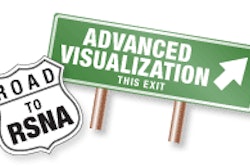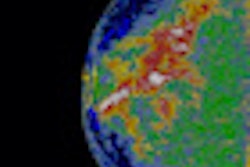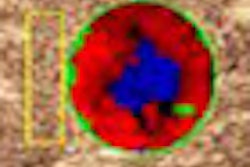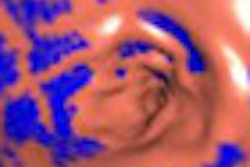In another paper presentation from the University of Chicago, researchers will highlight the value of bone suppression imaging for improving detection of pneumonia on chest x-rays.
Following up on prior work that demonstrated the value of the SoftView bone suppression image processing software (version 2.2, Riverain Medical, Miamisburg, OH) for detecting nodular lung cancers, the study team sought to evaluate the system's ability to aid radiologists in detecting pneumonia. Pneumonia is more common than cancer in clinical practice, and mild or early pneumonia can be difficult to diagnose on a standard chest radiograph, said co-author Heber MacMahon, MD.
In an observer study involving 60 chest x-rays and six observers, the use of bone suppression imaging was found to improve detection of subtle pneumonia compared to the use of standard x-rays, MacMahon said.
The mean value of the area under the receiver operator characteristics (ROC) curve for the six observers increased from 0.845 with standard chest x-rays to 0.876 after the use of bone suppression images. The difference was statistically significant (p = 0.004).
"The key implication is that bone suppression has practical benefits beyond cancer detection, and that it can improve radiologists' accuracy for detection of various types of focal opacity on chest radiographs," MacMahon told AuntMinnie.com.



















